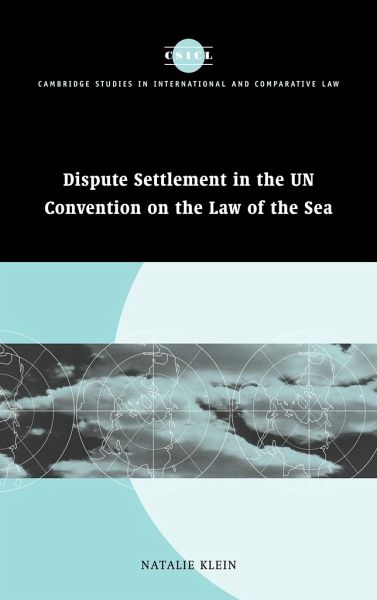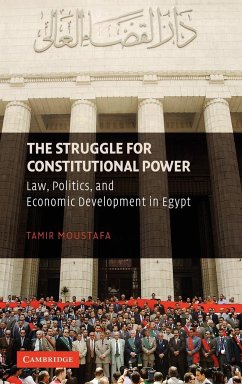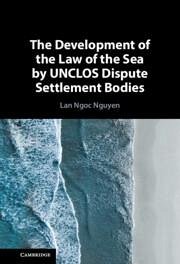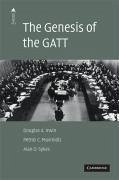
Dispute Settlement in the UN Convention on the Law of the Sea
Versandkostenfrei!
Versandfertig in 1-2 Wochen
147,99 €
inkl. MwSt.
Weitere Ausgaben:

PAYBACK Punkte
74 °P sammeln!
Explores whether a compulsory dispute settlement mechanism is necessary for the regulation of the oceans.The United Nations Convention on the Law of the Sea is one of the most important constitutive instruments in international law. Not only does this treaty regulate the uses of the world's largest resource, but it also contains a mandatory dispute settlement system - an unusual phenomenon in international law. While some scholars have lauded this development as a significant achievement, others have been highly skeptical of its comprehensiveness and effectiveness. This book explores whether a...
Explores whether a compulsory dispute settlement mechanism is necessary for the regulation of the oceans.
The United Nations Convention on the Law of the Sea is one of the most important constitutive instruments in international law. Not only does this treaty regulate the uses of the world's largest resource, but it also contains a mandatory dispute settlement system - an unusual phenomenon in international law. While some scholars have lauded this development as a significant achievement, others have been highly skeptical of its comprehensiveness and effectiveness. This book explores whether a compulsory dispute settlement mechanism is necessary for the regulation of the oceans under the Convention. The requisite role of dispute settlement in the Convention is determined through an assessment of its relationship to the substantive provisions. Klein firstly describes the dispute settlement procedure in the Convention. She then takes each of the issue areas subject to limitations or exceptions to compulsory procedures entailing binding decisions, and analyzes the inter-relationship between the substantive and procedural rules.
Table of content:
Acknowledgements; List of abbreviations; Table of treaties and other international instruments; Table of cases; 1. Introduction; 2. The dispute settlement procedure under UNCLOS; 3. Limitations on applicability of compulsory procedures entailing binding decisions; 4. Optional exceptions to applicability of compulsory procedures entailing binding decisions; 5. Deep seabed mining; 6. Conclusion; Bibliography; Index.
The United Nations Convention on the Law of the Sea is one of the most important constitutive instruments in international law. Not only does this treaty regulate the uses of the world's largest resource, but it also contains a mandatory dispute settlement system - an unusual phenomenon in international law. While some scholars have lauded this development as a significant achievement, others have been highly skeptical of its comprehensiveness and effectiveness. This book explores whether a compulsory dispute settlement mechanism is necessary for the regulation of the oceans under the Convention. The requisite role of dispute settlement in the Convention is determined through an assessment of its relationship to the substantive provisions. Klein firstly describes the dispute settlement procedure in the Convention. She then takes each of the issue areas subject to limitations or exceptions to compulsory procedures entailing binding decisions, and analyzes the inter-relationship between the substantive and procedural rules.
Table of content:
Acknowledgements; List of abbreviations; Table of treaties and other international instruments; Table of cases; 1. Introduction; 2. The dispute settlement procedure under UNCLOS; 3. Limitations on applicability of compulsory procedures entailing binding decisions; 4. Optional exceptions to applicability of compulsory procedures entailing binding decisions; 5. Deep seabed mining; 6. Conclusion; Bibliography; Index.














